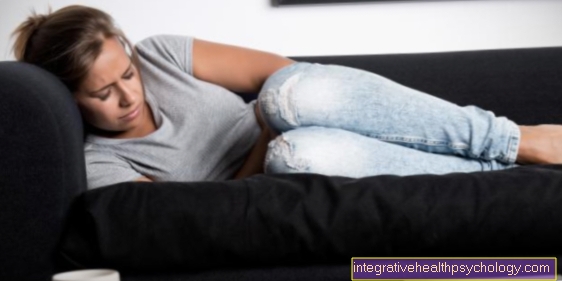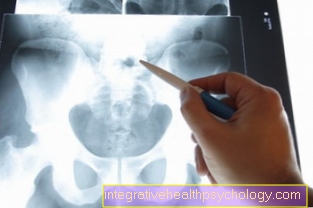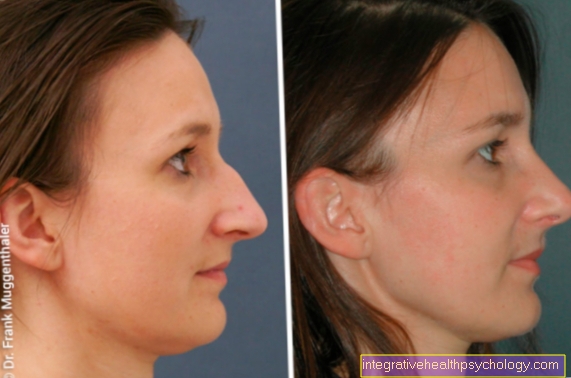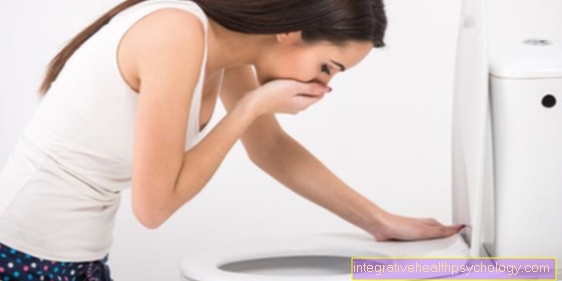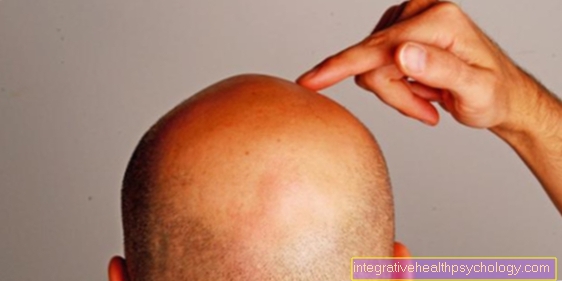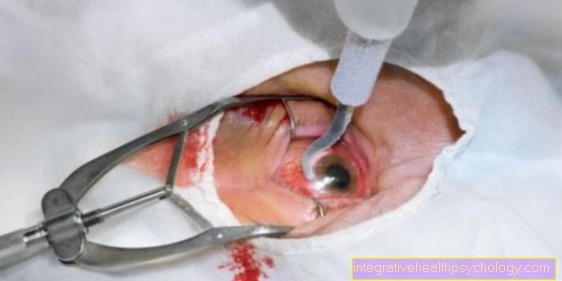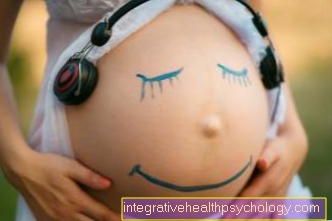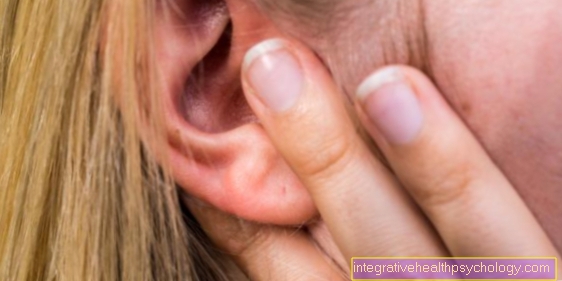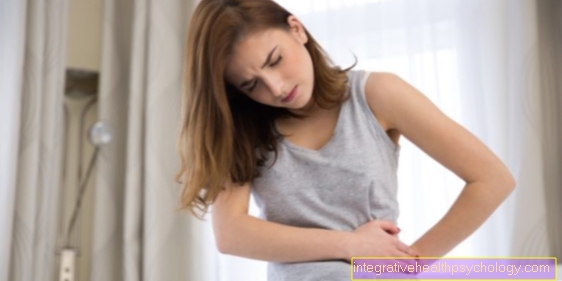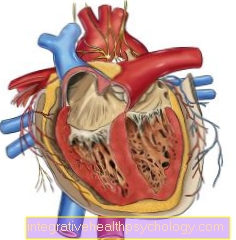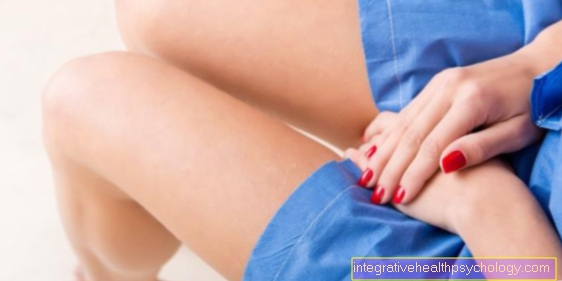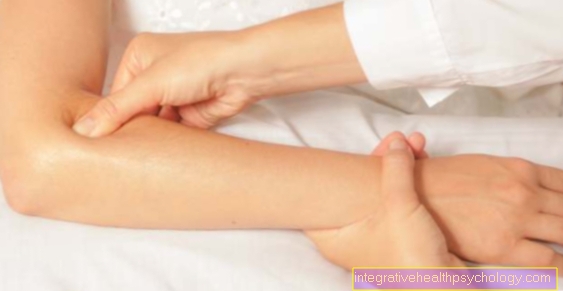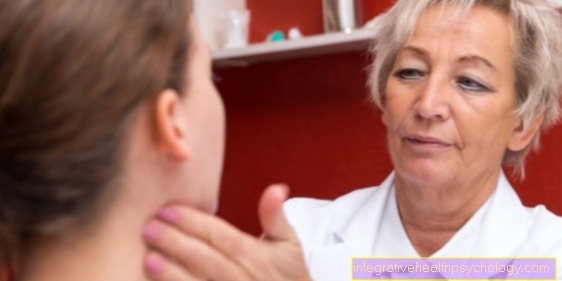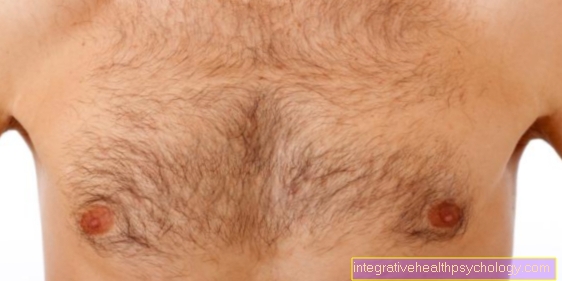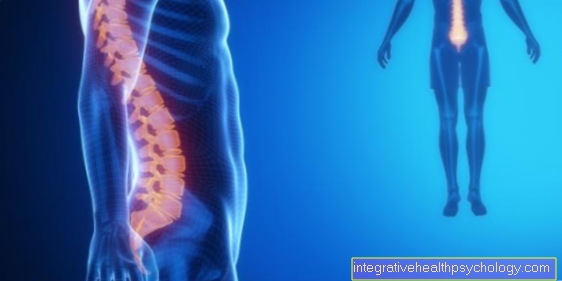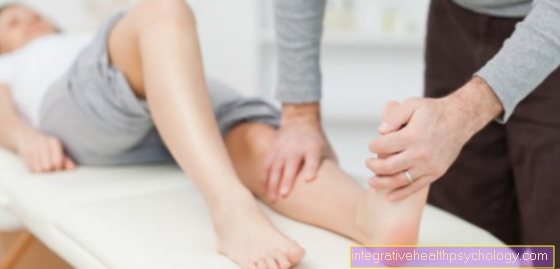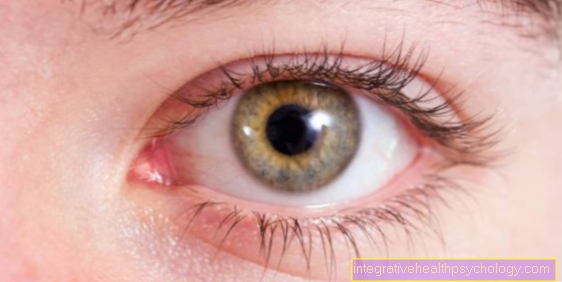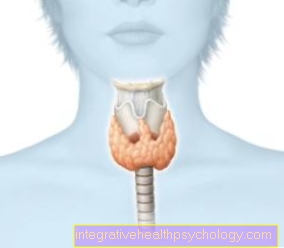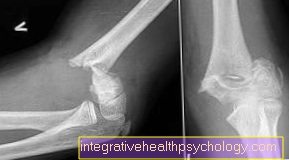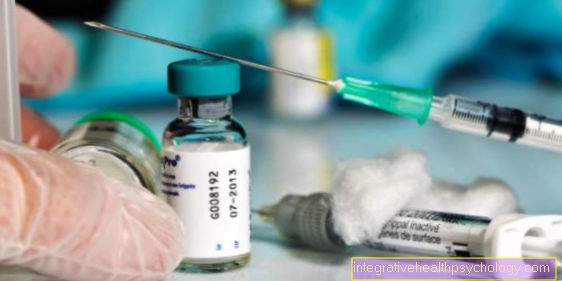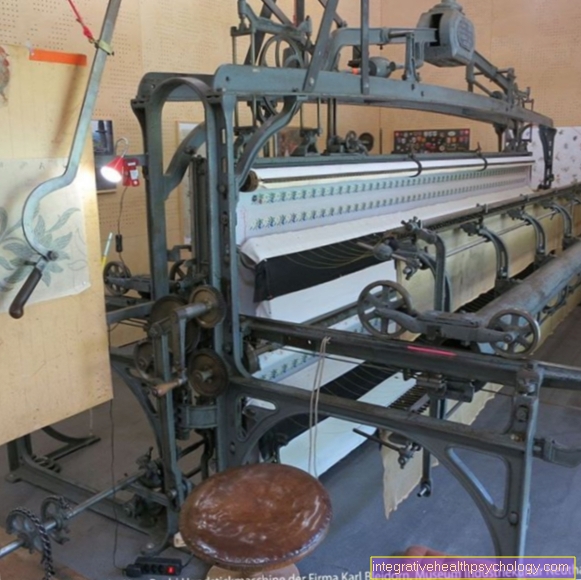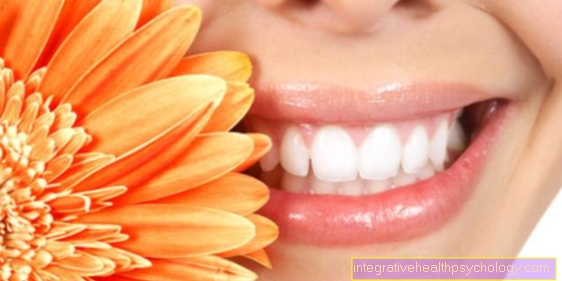How do I transport a baby in the car?
introduction
Carrying a baby in the car requires careful preparation. In advance you should inform yourself sufficiently about the possible transport systems and test them before making a final decision. It is particularly important to ensure adequate protection and security of the transport system.
Babies are in most cases in child car seats (Maxi Cosi) transported. A good fit and attachment in a suitable place in the car are important requirements for safety and comfort.
You might also be interested in: Air travel with babies and children

What is an Isofix?
An Isofix is a safe and handy specially made fastening system for child seats in cars. This is a rigid fastening system that supports the stability and secure anchoring of the child seat or the Maxi Cosi.
The Isofix is available both vehicle-specific and universal for all vehicles. In the case of vehicle-specific approval, the manufacturer's lists must be used to check whether the seat in question is approved for the vehicle and in which place in the vehicle it can be installed.
Two rigid retaining brackets with a thickness of 6 mm and a distance of 280 mm between the backrest and seat are attached to the vehicle. The child seat is then clamped in this bracket. In order to avoid undesired rotation of the child seat, an additional second fixation via an additional belt strap must be carried out with the universal approval.
For rear-facing systems, there are special straps that stretch the child seat towards the floor. With the Isofix, the child seats can be anchored particularly firmly in the car and reduce incorrect operation by parents when buckling up.
Do I need an Isofix station or can I buckle up the child like that?
An Isofix station is not absolutely necessary to transport a child safely in the car. Normal transport is also possible without Isofix and is safe if certain requirements are met. The Isofix station can, however, make things a lot easier for parents. Incorrect belt guidance is one of the most common causes of injuries to children in car accidents in normal child seats.
With the Isofix station, the seat can be anchored easily, quickly and firmly. This significantly minimizes errors on the part of parents when buckling up and putting on the belt. Due to the rigid connection to the car body, the yielding of the seat belt and the impact are significantly reduced in the event of an accident.
In state - tested crash tests, child seats with Isofix brackets do better and are recommended by accident insurance experts.In addition, the child seat is better secured with the Isofix bracket when it is transported empty, i.e. without a child.
However, there are a few disadvantages of the Isofix. For one thing, many cars have no eyelets or brackets for attaching the station. The seat covers can be damaged by low-lying retaining brackets on the vehicle seat and sharp edges on the child seat. On the other hand, the Isofix stations are usually relatively expensive and not all parents can afford such a station. In addition, in most cases the Isofix can only be attached to the outer seats, although the space in the middle is actually preferable for safety reasons.
You might also be interested in: Vaccinations for babies
How long should babies stay in the Maxi Cosi?
Since babies grow particularly quickly in the first months of life, the question often arises early on how long you can transport the baby in the Maxi Cosi or in a baby seat. Since babies are still very small and are not able to sit upright and hold their head independently, they should be safely transported in a baby seat or a Maxi Cosi during the first few months of life.
Since a baby's head is much heavier compared to the body than an adult and the neck muscles are not yet fully developed, gravity of the head can cause serious injuries to the baby in the event of sudden braking.
It is therefore particularly important that the baby's head is protected in the Maxi Cosi and does not protrude over the edge. The Maxi Cosi can be used until your baby weighs 10 kg or no longer fits completely and safely into the Maxi Cosi. Most babies reach this weight by around 12 months. However, since the children are very individual and grow unevenly, the baby can reach the weight of 10 kg even at 9 months.
Nevertheless, there is no need to rush from one day to the next. If you notice that the baby is slowly growing out of the Maxi Cosi, you can in most cases get a few more months out by adjusting the belts and the seat cushion and there is enough time to choose a suitable new child seat. In addition to the weight, the position of the baby's head is the most important criterion for changing from the Maxi Cosi to another child seat.
If the head protrudes over the shell of the Maxi Cosi, then another, safe and suitable alternative should be sought as soon as possible.
You might also be interested in: Diarrhea in the baby
When do I need a child seat?
The question of when I need a child seat instead of a baby seat for my baby can be answered by the clear requirements of the TÜV.
Babies up to about nine months and weighing up to 9-10 kg are best kept in the baby seat.
Small children up to 13 kg or 18 months may then be transported in a group 0+ system.
Just like the baby seats of group 0, the extended systems of group 0 + must not be attached to the front passenger seat with an operational airbag. In the event of an impact, it could crush the baby. If the baby can sit upright and is able to hold its head independently, this is a good prerequisite for switching to a child seat. As a rule, this can be done at around 16-18 months. When buying a new child seat, parents should seek adequate advice and attach great importance to safety and sufficient comfort.
You might also be interested in: Rash on baby
Which child seats are there?
The shapes and variations of the different child seats are very different and have many small special properties.
When buying a child seat, one should not pay too much attention to the appearance or the price, but much more to comfort, correct fit and safety. The different child seat models can be roughly divided into 3 groups.
As a rule, a child needs three different child seat systems before they can ride in the car without any further aids. One from group 0, one from group I and one from group II - III.
Group 0 and 0 + include baby seats that are mounted in the opposite direction of travel and can safely transport children up to 9 months or a maximum weight of 13 kg. If the parting of the child does not just barely extend beyond the edge of the shell, an imminent change to a larger system should be considered.
Group I seats are suitable for children between 9-18 kg. These seats often have harness belts, which have to be particularly tight so that they provide adequate support and ensure optimum safety.
Children weighing 15-25 kg should move to a Group II seat and children weighing 22-36 kg should move to a Class III seat. These two groups include all booster seats with or without sleep support. The normal three-point belt is used for fastening these systems. It runs over a shoulder brace so that it provides enough support, but also does not constrict the child in the neck area. When changing to the next larger child seat, particular attention should be paid to.
Does a car mirror make sense in the car?
Many parents nowadays attach great importance to the installation of a so-called rear seat mirror so that they have a better view of their child.
These mirror systems are inexpensive to purchase and can be installed in the car quickly and easily. You can attach it to the back of the seat and align it before driving so that you can see not only the child's head, but also the rest of the body.
Once set correctly, nothing will slip while driving. In addition, it is a shatterproof glass so that there is no increased risk of injury to the child in the event of an accident. With a rear seat mirror, driving can be made more relaxed in many cases. Parents have one look at their child all the time and can quickly take a quick look back and see what they're doing.
The mirrors promote driving safety, as parents no longer have to actively turn around to look at their child and thus do not lose their attention to the traffic.
By briefly, carelessly turning to the child, one quickly loses the overview and the attention that the current traffic situation requires and the risk of accidents is significantly increased. The mirrors are particularly advantageous for children who are sitting directly behind the driver. If the child seat is behind the front passenger seat or in the middle of the rear bench seat, it is easy to see even without a mirror. It's not that easy right behind the driver's seat. Rear seat mirrors are therefore a help for parents when driving, but are not absolutely necessary.
You might also be interested in: Diarrhea in the baby

